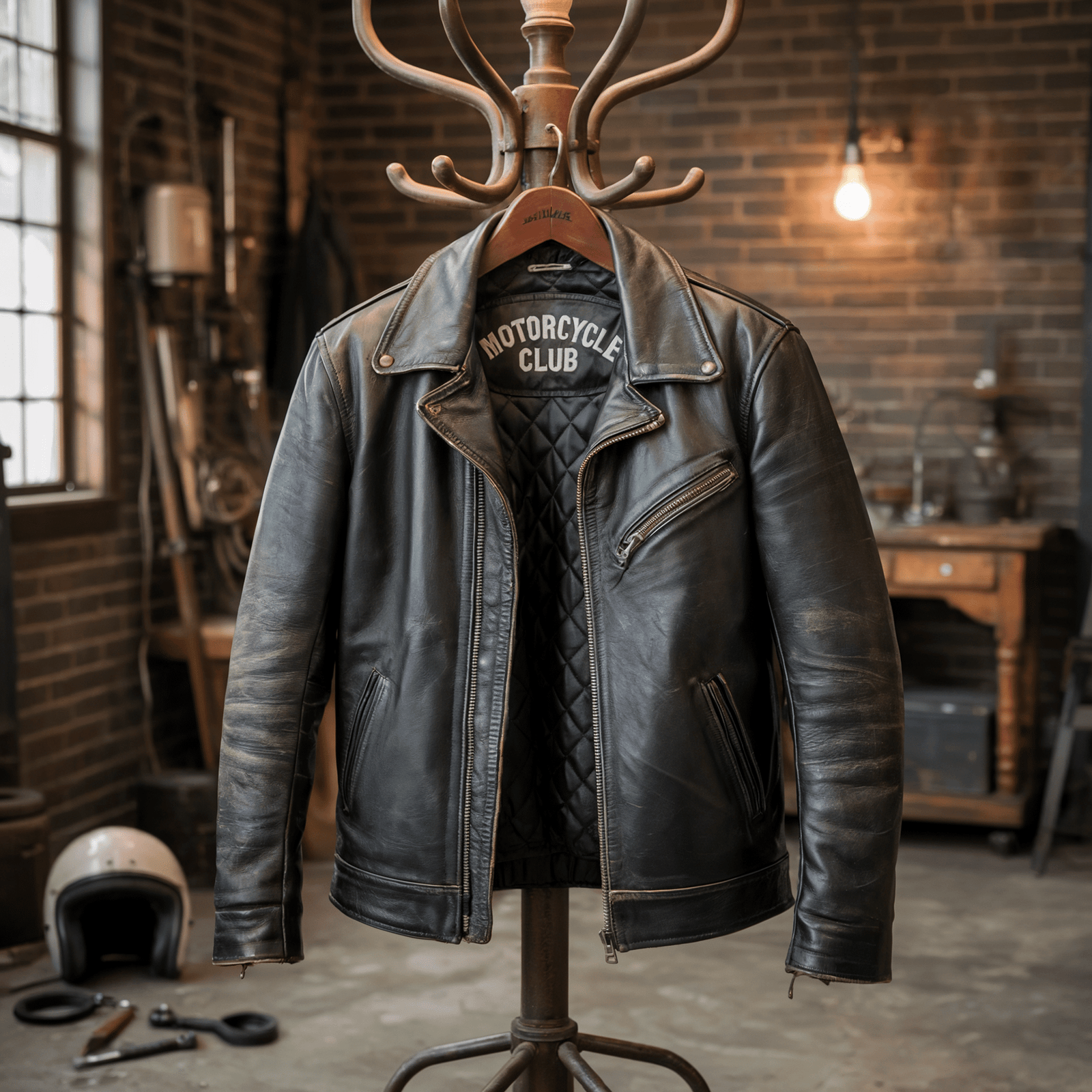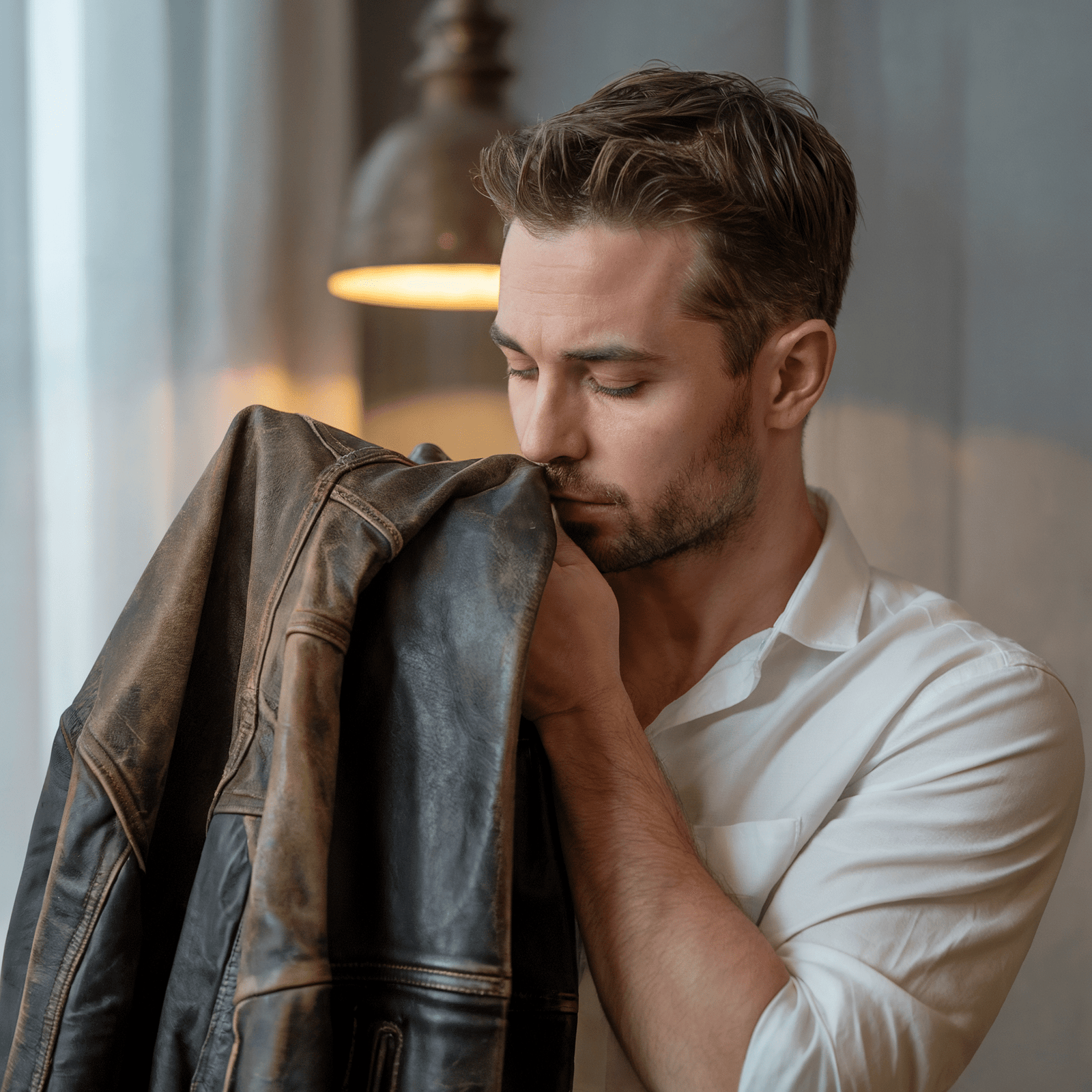Your Cart is Empty
BLACK FRIDAY SALE $25 OFF - USE COUPON BFRIDAY25 AT CHECKOUT NOW!
Menu

BLACK FRIDAY SALE $25 OFF - USE COUPON BFRIDAY25 AT CHECKOUT NOW!

Infographics – Different Types of Leather Finishes
by Jennifer Smith October 13, 2021 1 min read
Leather is a raw material that has a wide assortment of types. Available in cowhide, sheepskin, suede, etc., leather offers different options for people to choose from. Leather is not only limited to types but also differs in types of finishes and grading.
The finish of any product is more crucial to us than the customer; therefore, we do our best to advise each customer on which finish would work best for them and which finish quality would best fit their requirements and lifestyle.
We have created this infographic to help you decide the type of leather finish you need for your leather jacket.

As fascinating as leather is, it is also difficult to discuss the many varieties, finishes, and procedures that make what would be the material from which artistically created items are manufactured.
Because it is such a broad field that is constantly changing and evolving into something better, certain factors remain constant, most of which have already been discussed.
Leave a comment
Comments will be approved before showing up.
Also in Blog | Leather Skin Shop

Types of Sleeves in a Leather Jacket
by Jennifer Smith August 24, 2025 6 min read
The different types of sleeves shape the shoulder, control the movement, and change how the leather jacket looks in motion. There are various types of sleeves, such as cap sleeves, bell sleeves, raglan sleeves, and more.

How to Get Smell Out of Leather Jacket?
by Jennifer Smith August 08, 2025 4 min read
Over time, a leather jacket can smell like sweat, mildew, or smoke. But do not worry, there are safe, proven ways to get rid of those unpleasant smells at home.

What Is A Trench Coat
by Jennifer Smith August 02, 2025 6 min read
A trench coat is a long, lightweight outerwear piece designed to protect against wind and rain. Its defining features include a double-breasted front, a belted waist, wide lapels, and often epaulets and a storm flap.
Leather Jackets for Men
Leather Jackets for Women
Accessories for Men & Women
Recent Articles
- Types of Sleeves in a Leather Jacket
- How to Get Smell Out of Leather Jacket?
- What Is A Trench Coat
- What Is A Peacoat Jacket?
- What is Polyester Fabric?
- What is Satin Fabric?
- What is Shearling Leather?
- Varsity Jacket Or Letterman Jacket? Everything You Need To Know Before Buying
- What is Semi Aniline Leather?
- What Is Cotton Fabric?
Size Chart